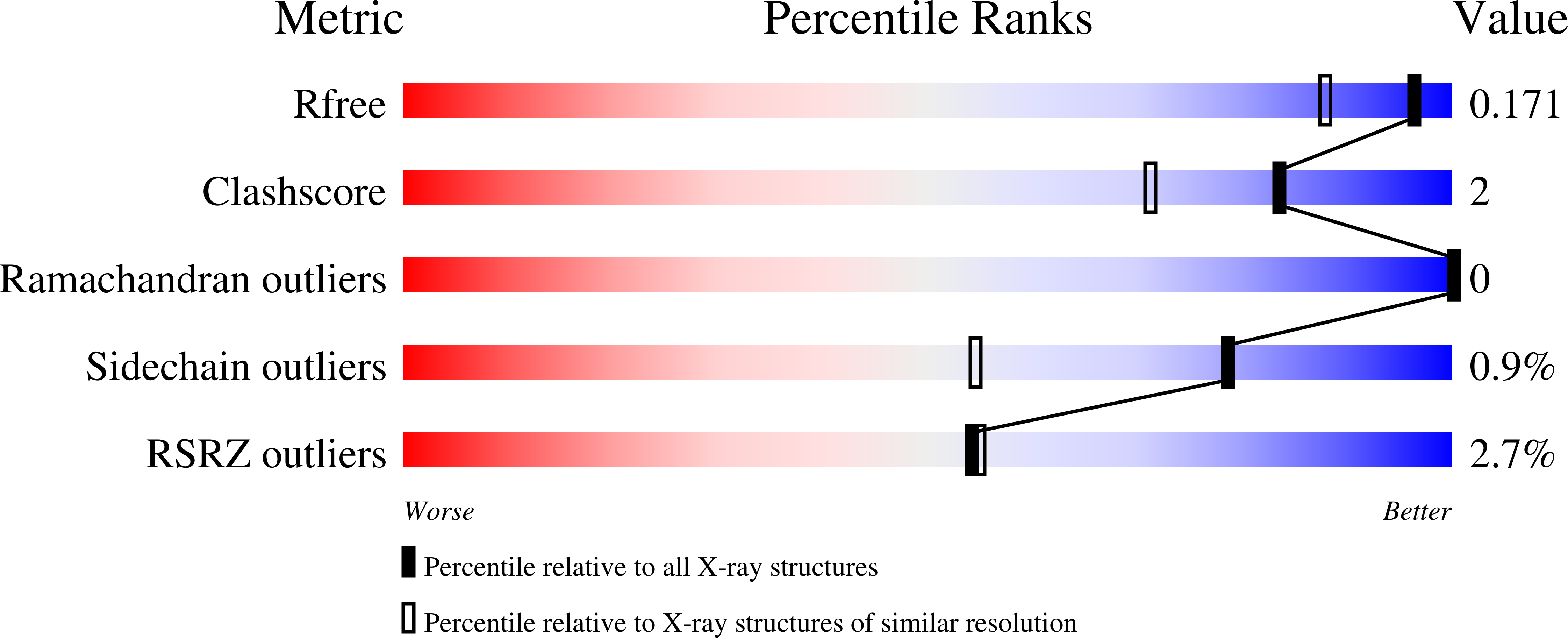
Deposition Date
2021-06-06
Release Date
2022-06-22
Last Version Date
2024-02-07
Entry Detail
PDB ID:
7ORQ
Keywords:
Title:
crystal structure of human carbonic anhydrase II in complex with 4-((3-(butylselanyl)-2-hydroxypropyl)selanyl)benzenesulfonamide
Biological Source:
Source Organism:
Homo sapiens (Taxon ID: 9606)
Host Organism:
Method Details:
Experimental Method:
Resolution:
1.43 Å
R-Value Free:
0.17
R-Value Work:
0.14
Space Group:
P 1 21 1


